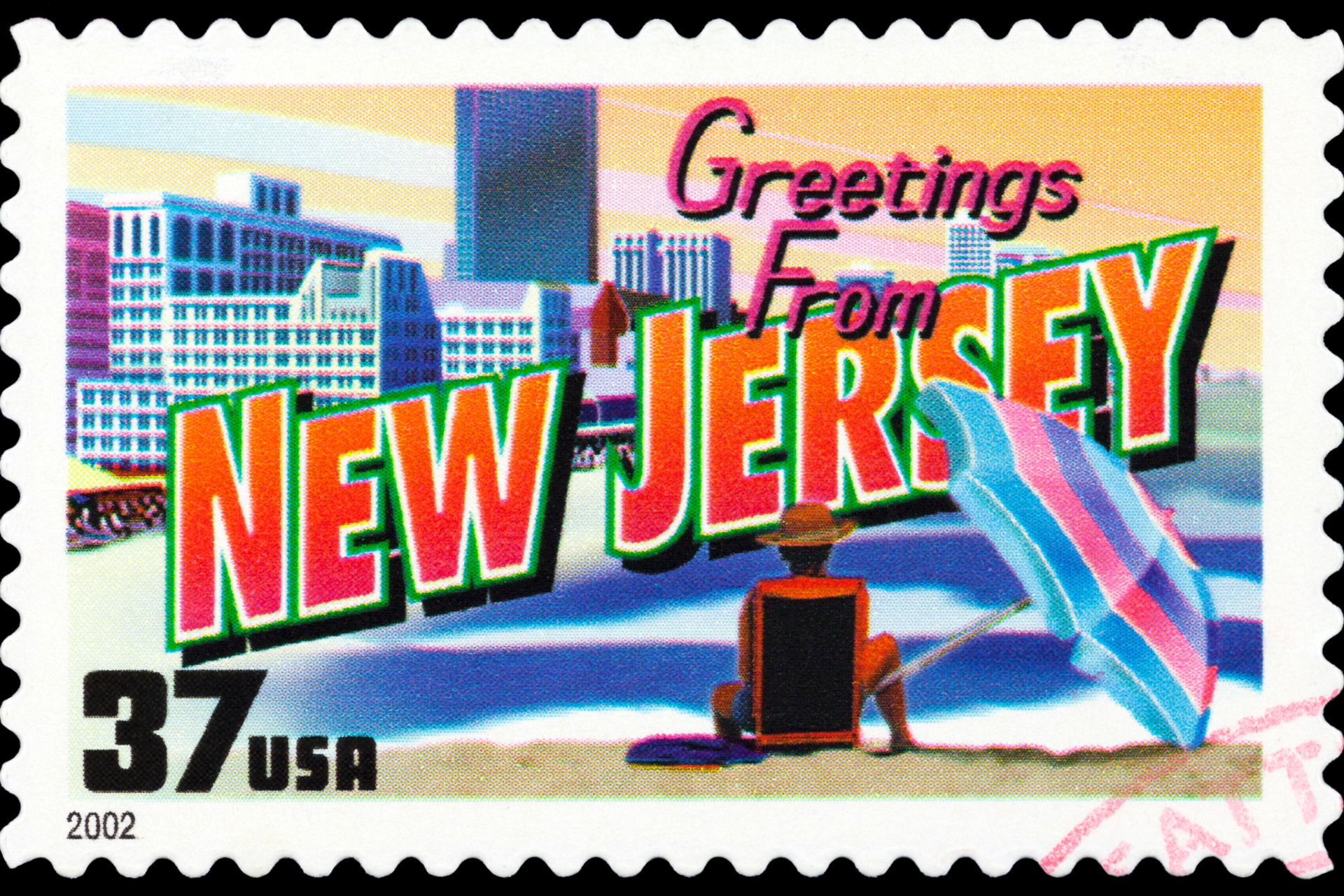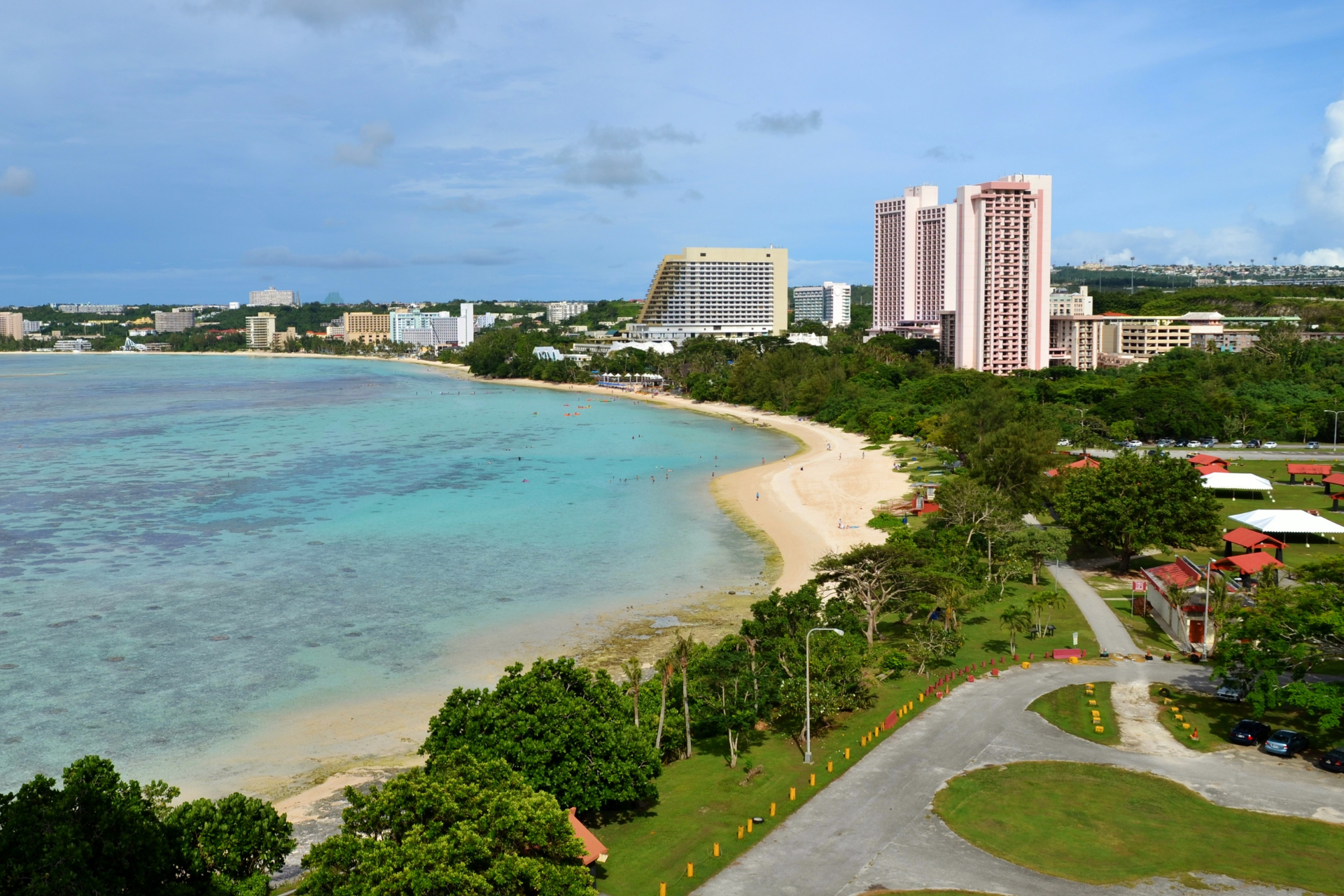Prof. Alice Pousada of the University of Puerto Rico, Rio Pedras, shares a timeline of Puerto Rico’s history as a bilingual territory.

As the timeline makes clear, Puerto Rico’s history of language use is not simple. We do not see a smooth progression from a monolingual society to a bilingual one, nor a successful rejection of a second language imposed upon the people. Instead we see Spanish and English rising and falling in education and in public life, mirroring political change.
Dr. Pousada suggests that this complex history both reflects and affects attitudes toward the two languages in Puerto Rico.
Puerto Rico has about the same proportion of bilinguals as the mainland United States, roughly 20%. However, English words are more widely used by Spanish speakers in Puerto Rico than in Spain or in Mexico City, according to a study conducted by linguist Humberto Lopez Morales. Studies of the number of Spanish words used by English speakers in the U.S. in comparison with the UK or Australia have not been conducted.
Gov. Luis Fortuno announced in 2012 a plan to make Puerto Rico fully bilingual by 2022. The next governor, Alejandro Garcia Padilla, who was not comfortable in English, dropped the plan. Governor Ricardo Rossello was bilingual and included metrics for English instruction in his education plan. The current governor, Wanda Vazquez Garced, has not addressed the issue.
2012 was the same year in which U.S. presidential hopeful Rick Santorum made a faux pas by claiming falsely that Puerto Rico would have to make English its official language in order to achieve statehood. Not only was it not true that States must have English as an official language, as the United States does not have an official language, but Puerto Rico actually already has English as an official language.
Further, the U.S. House of Representatives has twice rejected amendments that would have purported to require the exclusive use of English by a State of Puerto Rico, in 1998 in a Republican-controlled House and in 2010 in a Democratic majority House. In both instances, a majority of the House substituted a provision calling for increased English language education in Puerto Rico.
These recent events suggest that the story of bilingualism in Puerto Rico is still being written. In the 21st century, however, circumstances have changed. The average person in the world now speaks 1.5 languages; remove the monolingual speakers of English and Chinese and it is clear that most of the rest of the world is bilingual. Bilingualism has significant benefits for the individuals who know more than one language and also the society made up of these individuals.
The United States is the last holdout using imperial measurements instead of the metric system, and is one of the last holdouts of monolingualism as well. Perhaps Puerto Rico can lead the way toward correcting this.


